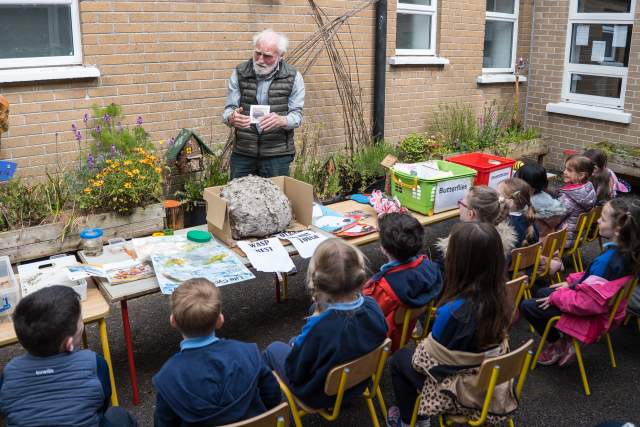Vetch (All About)
The vetch is also a plant that grows in shady areas. It uses a different strategy to survive in a habitat where light is restricted — it can climb up towards available light. It is a member of the pea family — the legumes. Like the sweet pea that flowers in gardens, it produces tendrils at the end of its leaves. The leaves are positioned alternately along the stem and each leaf consists of a number of opposite pairs of leaflets. At the end of each leaf however, is a set of stringy tendrils which seek for something to catch onto. In the wild hedge this is usually other plants such as brambles, or grasses. With this support, the plant is able to assist its passage upwards towards the light.
Read moreRead lessAs a result, it can flower later than hedge flowers with no such support and the purple flowers of the vetch can be seen in hedges right up to the end of July. As it is a member of the pea family, the flower is typical of this family. It is described as being irregular — the petals are not symmetrical around a centre but are of different sizes and shapes and form a closed hood over the male and female parts. As a result, the flower is self-fertile and pollination occurs inside the closed flower. The seeds are carried in pods similar to those of a pea but much smaller and these turn black when ripe. The pods then split open suddenly and the seeds inside are shot out by the force. They settle further away and a new plant can then germinate.
All members of the legume family including vetches are, unusually among plants, able to fix nitrogen directly from the air. Plants need nitrogen for growth and cell formation, and normally plants absorb it from the soil in the form of nitrate. Vetches however have nodules on their roots which are formed in conjunction with special soil dwelling bacteria and these nodules are able to absorb nitrogen in a gaseous form directly from the air around the roots. When the plants rot back into the soil after death, the nitrogen is released as nitrate and thus leguminous plants enrich the soil in which they grow for other plants. This is why gorse can grow so well on poor soil or why farmers used to plant clover — another member of the legume family — in their pastures to improve conditions for grass growth.
Things to do
1. Go out to hedges in May and June and look for this plant. Observe its tendrils holding on to other plants.
2. Grow vegetable peas and sweet peas in the school garden or in pots in the classroom window and watch how they grow and climb.
























